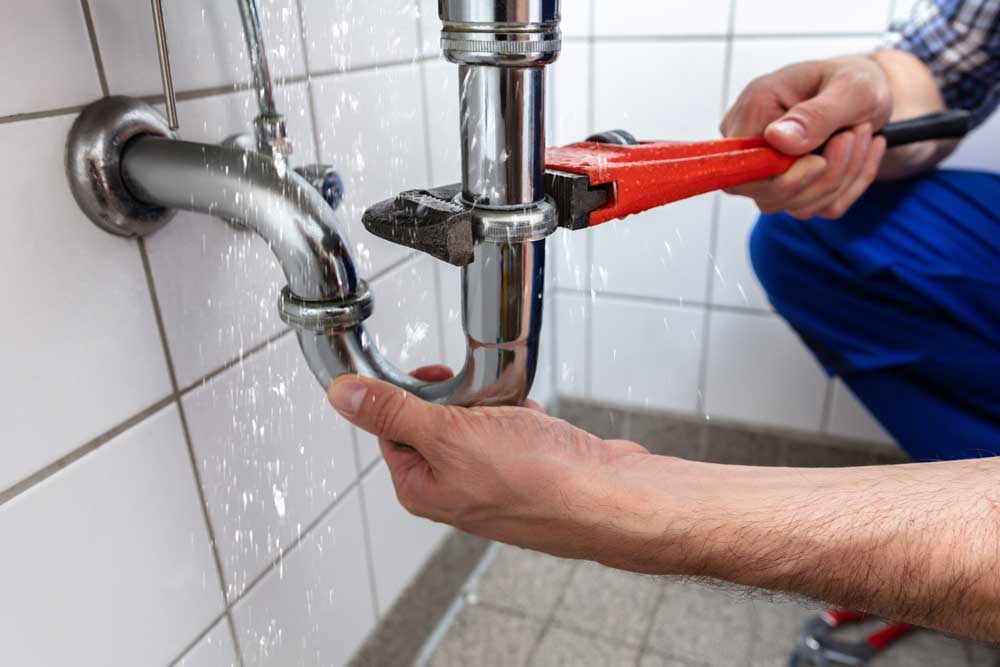
A toilet flush that keeps on running is a nuisance for the household and an inflator for the water bill. Ignoring leakage is ethically and financially irresponsible. Therefore, you should do something about your low flush toilet that is continually running.
How Low Flush Toilet Works?
Knowing how the low flush toilet operates is crucial to understand how to fix it. In the 1990s, homes across the US began to witness the installation of low flush toilets. A low flush toilet is designed to consume a smaller amount of water than a full-flush one.
This design makes it both economical to use and environmentally-friendly as it conserves water. However, it does not operate very differently from other toilets.
There are three main components of a toilet that you should know about:
- Flapper
- Float
- Overflow tube
Whenever you adjust the handle to trigger a flush, the chain lifts a flapper that directs water to the bowl. Once the toilet tank is empty, the flapper drops, thereby initiating the refill process.
Another component of the toilet is called the float. This plastic float tends to drop when the tank releases water content. It is attached to a float valve that opens and closes depending on whether the tank is empty or full.
The overflow tube is present at the epicenter of the tank. Its primary function is to direct excess water in the tank towards the bowl when there is too much water available.
Usually, an issue with the flapper, float, or overflow tube causes the running toilet. However, you may also have a running toilet due to a broken valve. If you have reasons to believe your valve needs replacement, don’t waste time to replace it.
Check the Flapper
The flapper is a plastic component of your toilet that encloses water within the tank. As months and years pass, the flapper may begin to malfunction. When this happens, the toilet tank will not be able to either fill up or hold the water properly.
Did you know that one of every ten US homes wastes about 90 gallons of water every day due to leaks? On a personal level, it would be beneficial for you to maintain your home’s plumbing infrastructure. After all, you wouldn’t want your toilet to be a contributor to water wastage, would you?
You need to assess the flapper to ascertain if it is working. Check if it is soft enough to resist water pressure. Furthermore, you might want to check the chain and its connection with the flapper. If the chain of your toilet seems too long, don’t hesitate to shorten it.
Finally, check if the flapper is placed correctly. If it isn’t, it will be unable to hold water. If something is wrong with the flapper, you have to replace it.
Alter the Water Level
A low flush toilet may be running too often because the fill valve’s float is placed on a high level. When this happens, even small amounts of excess water can trigger the overflow tube to discharge water in the tank.
To alter the water level, you can:
- Assess the water level in the toilet. If it is too high, you need to lower it.
- You must figure out the type of float in the toilet. Either you are dealing with a float ball fill valve or a float cup fill valve.
- Adjust the height of the float. Try to keep the water level about an inch below the head of the overflow tube.
- Check whether the toilet is still running.
Feel free to adjust the float until the issue is eliminated. However, if this doesn’t work, you may have to do something else.
Deal With the Fill Valve
If there is nothing wrong with the flapper or the water level, your fill valve may require attention.
Here is how to replace the fill valve:
- Turn off the water supply of the toilet and remove the tank lid. Flush once before you proceed. Doing this is crucial to ensure a safe replacement of the valve.
- Use a wrench to shift the locknut in a counterclockwise direction.
- Once the locknut is removed, remove the old fill valve.
- Follow the installation instructions mentioned in the new fill valve manual.
- Once the fill valve is installed, reconnect the water supply, attach the fill tube and test out the toilet.
The Last Resort: Call a Professional
If you are unable to fix your low-flush toilet by yourself, it is not the end of the world. Many professional plumbing companies can take you out of your ordeal. However, you need to research your options before settling for any company.
Looking up on the internet will give you the list of best plumbing companies in your area. For example, if you live in Tinley Park, Illinois, a simple Google search like “Tinley Park Plumbers” will show you the most trusted plumbing services in your area.
From this list, you can hire the best plumbing service that is nearest to your house. It usually costs $224 on average to fix the toilet. However, the cost may vary based on the degree of repair work required.
Final Thoughts
A low-flush toilet should ideally save you from wasting water. Naturally, if it isn’t doing this, you should be annoyed. To fix the toilet yourself, be prepared to check and adjust the flapper, the overfill tube and the valve. You might even have to replace a component or two.
If you find the process too overwhelming, consider hiring a professional. Many reputable plumbing companies can quickly help you out.
